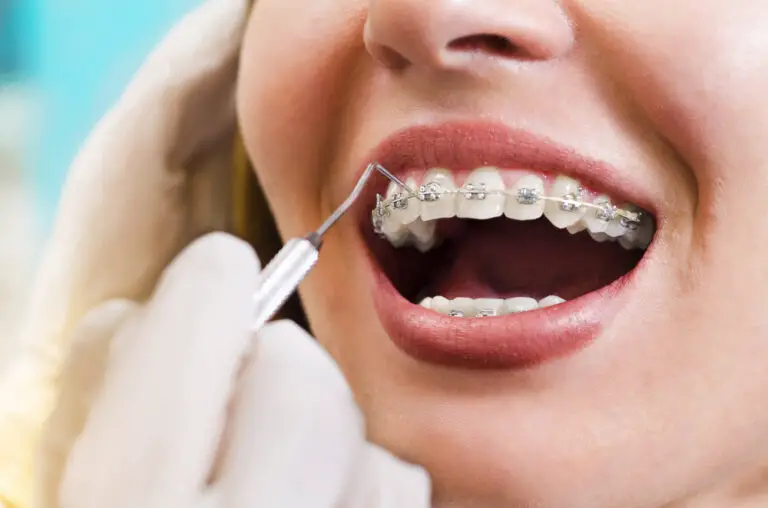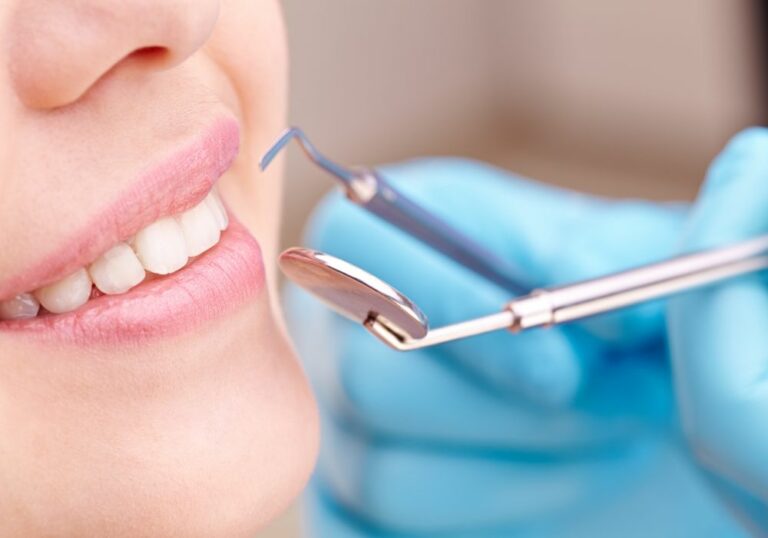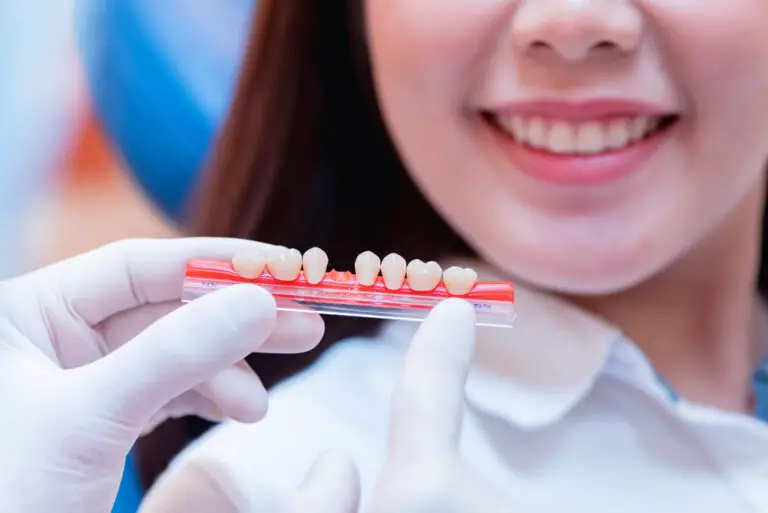When considering orthodontic treatment, particularly braces, the initial consultation is a pivotal first step. This meeting with the orthodontist can provide a comprehensive overview of the treatment plan, expected outcomes, and allow for any questions or concerns to be addressed.
This article guides you through what to expect during a braces consultation, ensuring you’re fully prepared for this important appointment.
Scheduling Your Consultation
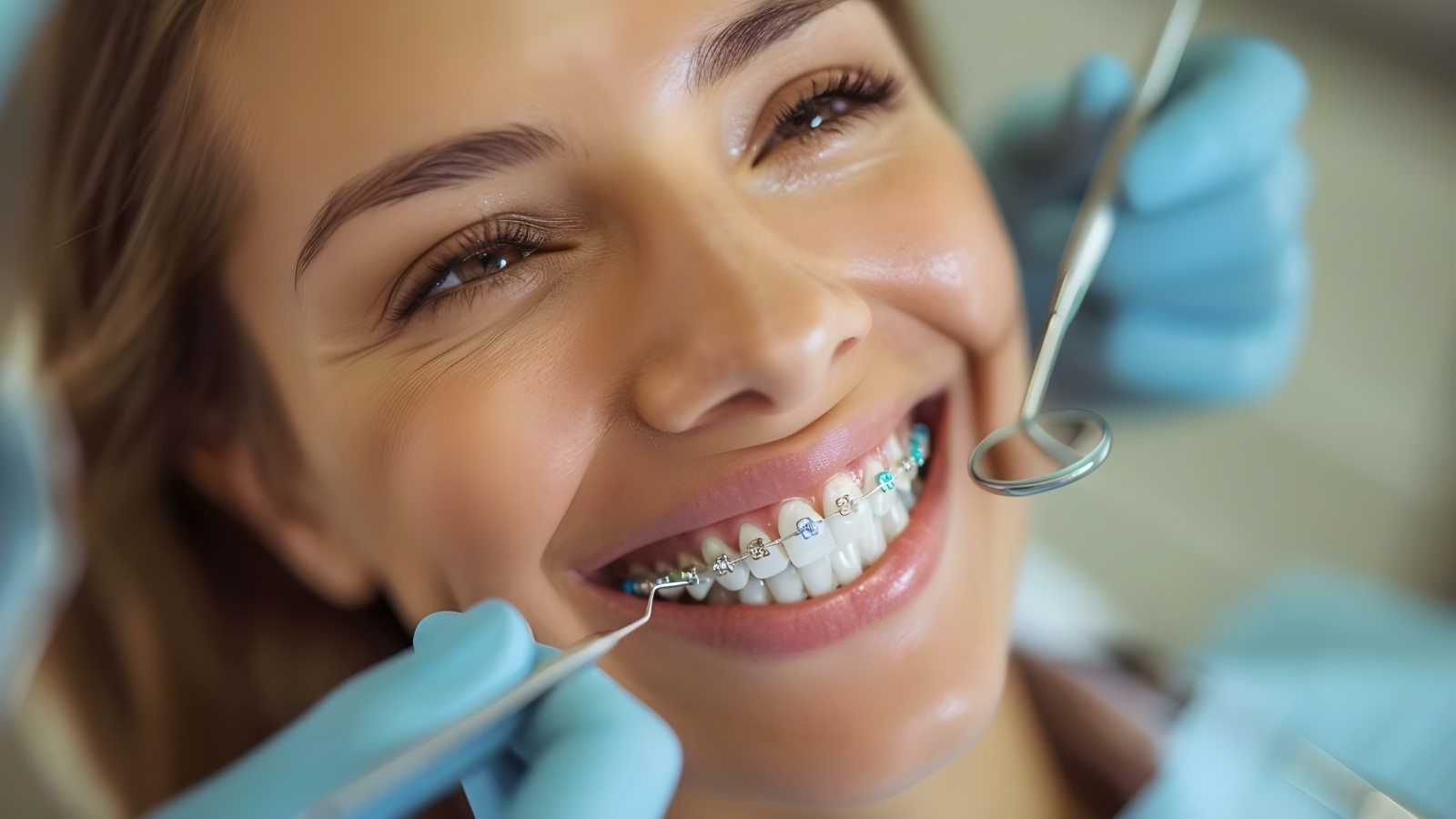
The process begins when you schedule your consultation. This appointment is your opportunity to meet the orthodontist, discuss your dental concerns, and learn more about available treatment options. It’s advisable to prepare any relevant medical history information and a list of questions or concerns you may have about orthodontic treatment.
During the consultation, the orthodontist will thoroughly evaluate your teeth, jaws, and oral health to determine if braces are the best solution for your orthodontic needs. This appointment is your chance to understand the technical aspects of braces and gauge the comfort level with the orthodontist and their team.
Therefore, if you’re planning to get an orthodontic treatment, scheduling a braces consultation with an experienced professional in your area can be an excellent idea.
Detailed Examination
Detailed examination during a consultation is critical to ensure your orthodontic treatment is tailored to your specific needs. Here’s what it typically involves:
Medical and Dental History Review
This first step involves an in-depth conversation about your previous medical treatments and dental interventions. The orthodontist will ask questions about past orthodontic work, current medications, and general health issues. This history is vital as certain conditions, like diabetes or heart disease, can influence the treatment strategy.
Oral Examination
Next, the orthodontist thoroughly examines your teeth, jaw alignment, and overall bite. This assessment can help identify specific orthodontic issues such as crowding, gaps between teeth, and malocclusions like overbites or underbites. Understanding these aspects is crucial in determining the most effective type of braces that will lead to the best results.
X-rays and Imaging
To gain a complete understanding of your oral structure, digital X-rays and possibly 3D imaging will be conducted. These images are indispensable as they reveal hidden aspects of your dental anatomy, such as the position of tooth roots and the bone structure of the jaw. This information is essential for crafting a precise and effective treatment plan.
Photographs
Lastly, photographs of both your face and teeth may be taken from various angles. These photos are useful for initial assessment and treatment planning and to monitor the changes in your teeth and facial aesthetics throughout the treatment.
Discussion Of Treatment Options
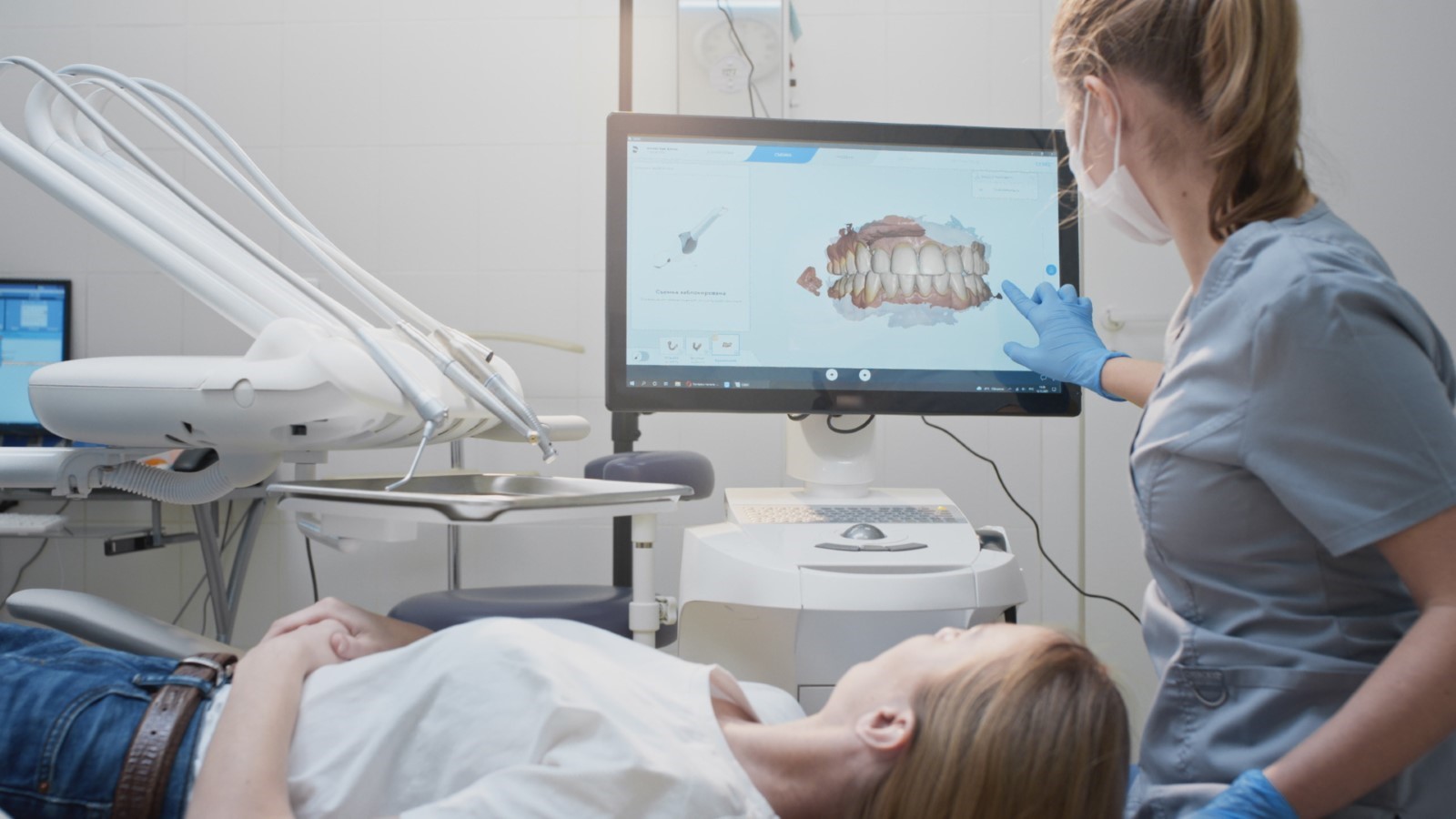
After completing the examination, the orthodontist will review the results with you. If braces are recommended, you’ll be introduced to various options tailored to your specific needs. These options include:
- Metal Braces: These are durable and traditionally effective but visually noticeable.
- Ceramic Braces: These are less visible than metal, blending in with the color of your teeth.
- Clear Aligners (e.g., Invisalign): These are virtually invisible and removable for ease during eating and cleaning.
Each type of braces comes with its own set of advantages and disadvantages. The orthodontist will discuss these in detail, considering aesthetics, treatment duration, maintenance requirements, and cost. This dialogue ensures you can make a well-informed decision that aligns with your personal preferences, lifestyle, and financial considerations.
Customized Treatment Plan
The braces consultation culminates in the creation of a personalized treatment plan, specifically designed to address your unique dental needs. This comprehensive plan includes several key components:
- Type of Braces Recommended: Based on your orthodontic needs, aesthetic preferences, and lifestyle, the plan will specify the most suitable type of braces, such as metal, ceramic, or clear aligners.
- Duration of Treatment: The timeline for wearing braces can vary, typically ranging from one to three years, depending on the complexity of your dental issues.
- Cost Estimate: The plan will provide a detailed breakdown of the treatment cost, including the availability of payment plans and information about insurance coverage to help manage the financial aspect.
- Expected Outcomes and Risks: It will also outline what results to expect and detail any potential risks or complications that could arise during the treatment process.
This tailored plan ensures that all aspects of the treatment are clear and understood, setting the stage for a successful orthodontic journey.
Addressing Questions And Concerns
As mentioned, the braces consultation can provide an excellent opportunity to engage directly with your orthodontist, asking questions and voicing any concerns you might have about the treatment. This dialogue is crucial for setting clear expectations and ensuring your comfort throughout the orthodontic process. Some common questions you might consider include:
- Frequency of Follow-up Appointments: Understand how often you’ll need to visit the orthodontist to adjust the braces and monitor progress.
- Dietary Restrictions: Learn about any food limitations, such as avoiding hard or sticky foods that can damage the braces.
- Emergency Procedures: Know what steps to take if you encounter a problem with your braces, such as a broken bracket.
- Oral Hygiene Management: Gain tips on maintaining optimal dental hygiene, considering braces’ challenges.
This conversation can help clarify the treatment process and ensure you’re well-prepared for the journey ahead.
Considering The Next Steps
If you choose to proceed with the recommended orthodontic treatment, several important steps will be set in motion. Firstly, you’ll need to schedule a follow-up appointment, during which the braces will be placed. This marks the official start of your treatment.
Additionally, it’s advisable to discuss the treatment plan with family members or other decision-makers to ensure everyone involved is informed and supportive. Before the braces can be applied, any preliminary dental work necessary to optimize the condition of your teeth and gums must be completed. This might include fillings, cleanings, or addressing any other dental issues to prepare your mouth for braces.
Conclusion
With the information mentioned above in mind, braces consultation is a thorough process designed to ensure all aspects of the treatment are understood and agreed upon before beginning. By the end of the consultation, you should feel confident about what to expect from your orthodontic journey, equipped with all the necessary information to make the best decisions for your smile and oral health. Remember, a successful orthodontic treatment starts with a well-informed patient, and consultation is the perfect opportunity to become just that.



